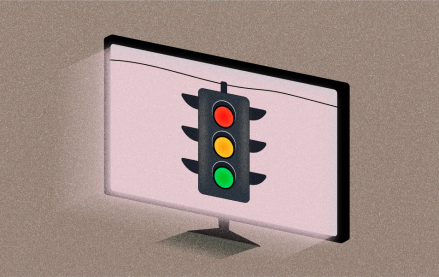Join us Dec. 1-3 in New Orleans for the Digiday Programmatic Marketing Summit

The Wall Street Journal has long had a strict paywall — unless you simply copy and paste the headline into Google, a favored route for those not wanting to pony up $200 a year. Some users have noticed in recent days that the trick isn’t working.
A Journal spokesperson said the publisher was running a test to see if doing so would entice would-be subscribers to pay up. The rep wouldn’t elaborate on how long and extensive the experiment was and if permanently closing the loophole was a possible outcome.
“We are experimenting with a number of different trial mechanics at the moment to provide a better subscription taster for potential new customers,” the rep said. “We are a subscription site and we are always looking at better ways to optimize The Wall Street Journal experience for our members.”
The Journal has zealously protected its online content behind a paywall because subscription revenue is core to its business model. But as has been pointed out over the years, the Journal also wants its articles to register in Google search, which continues to be a big traffic driver for publishers. Despite the growing attention to Facebook as a traffic driver, Google still accounts for 35 percent of publisher’s referral traffic, according to Parsely.
As for Facebook and its ilk, paywalled publications including The New York Times have offered other ways to get in on social media traffic by making their content freely available to people who find their content through their social feeds.
The tweak sparked discussion on Twitter about the motivations behind the change, other ways to continue accessing the Journal for free and the inevitable scolding:
I knew this day would one day arrive. WSJ closes loophole in its paywall—the one where you copy/paste the headline into Google News.
— Adam L. Penenberg (@Penenberg) January 30, 2016
@Penenberg Still works if you use a new Chrome incognito window. — Paul Graham (@paulg) January 30, 2016
@Penenberg @BenedictEvans ugh. I loved that trick. Guess I’m done reading the wsj
— Jeremy Beyda (@jbeyda) January 30, 2016
@magicsilicon @Penenberg or how about you actually pay for the product instead of steal?
— Eric™ (@eric_analytics) January 30, 2016
More in Media

Marketers move to bring transparency to creator and influencer fees
What was once a direct handoff now threads through a growing constellation of agencies, platforms, networks, ad tech vendors and assorted brokers, each taking something before the creator gets paid.

Inside The Atlantic’s AI bot blocking strategy
The Atlantic’s CEO explains how it evaluates AI crawlers to block those that bring no traffic or subscribers, and to provide deal leverage.

Media Briefing: Tough market, but Q4 lifts publishers’ hopes for 2026
Publishers report stronger-than-expected Q4 ad spending, with many seeing year-over-year gains.





